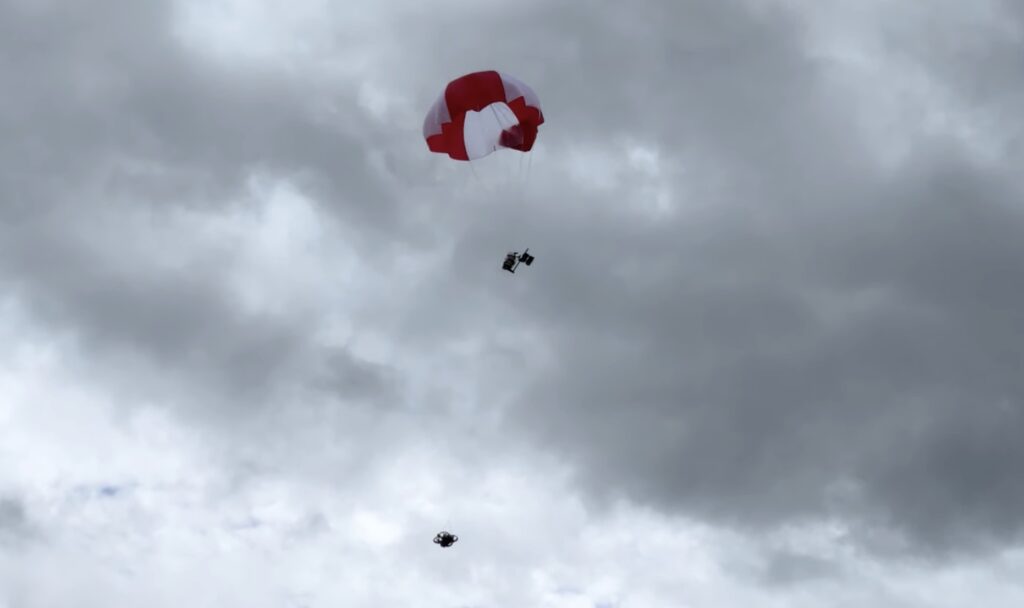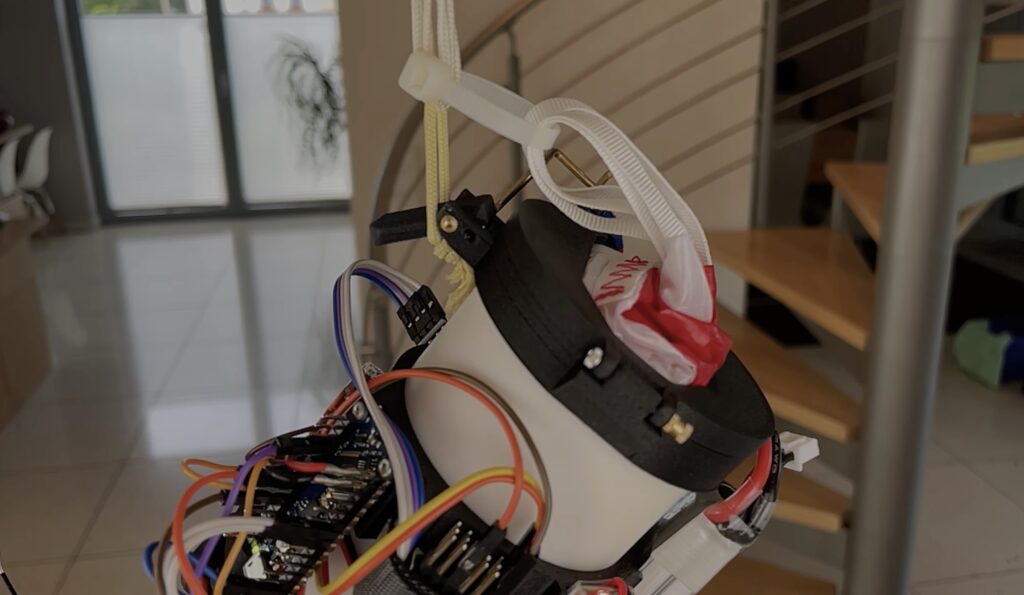DIY parachute system saves drones and rockets

Today’s consumer and professional drones are very stable. They’re easy to pilot and we’re past the era of rampant out-of-control crashes. But these UAVs can still fail and benefit from a system that lets them return safely to the ground without damage. That is also true for hobby rockets, which still have very experimental controlled descent systems. To suit both types of craft, Niklas Bommersbach designed his own setup to detect critical flight behavior and then activate a two-stage parachute.
The idea is something familiar to everyone: if the aerial vehicle experiences uncontrolled descent, the parachute deploys and returns it gently to the ground for recovery. But achieving that is more difficult than you might think. Bommersbach had to engineer a robust deployment mechanism, as well as a system to trigger the deployment. He chose to load the primary parachute with a spring mechanism, plus a drogue chute as a backup. That drogue chute would also slow descent if the primary parachute fails to deploy altogether.

An Arduino Nano Every board monitors altitude using a barometric pressure sensor. It can either deploy the parachute at a set altitude when it senses rapid descent indicative of an uncontrolled fall, or it can respond to a manual command sent via radio. The chutes reside within 3D-printed containers opened servo motors. Power comes from a small lithium battery independent of the craft’s battery, so the system is self-contained. The Arduino first deploys the drogue chute, which slows descent and tries to pull out the main chute. If that fails, the Arduino can actively deploy the main chute.
This redundant and self-contained parachute system should be reliable and affordable, making it suitable for drones and experimental rockets.